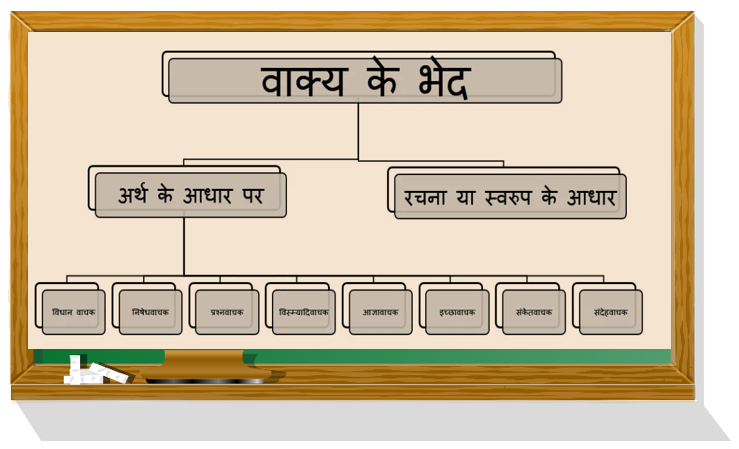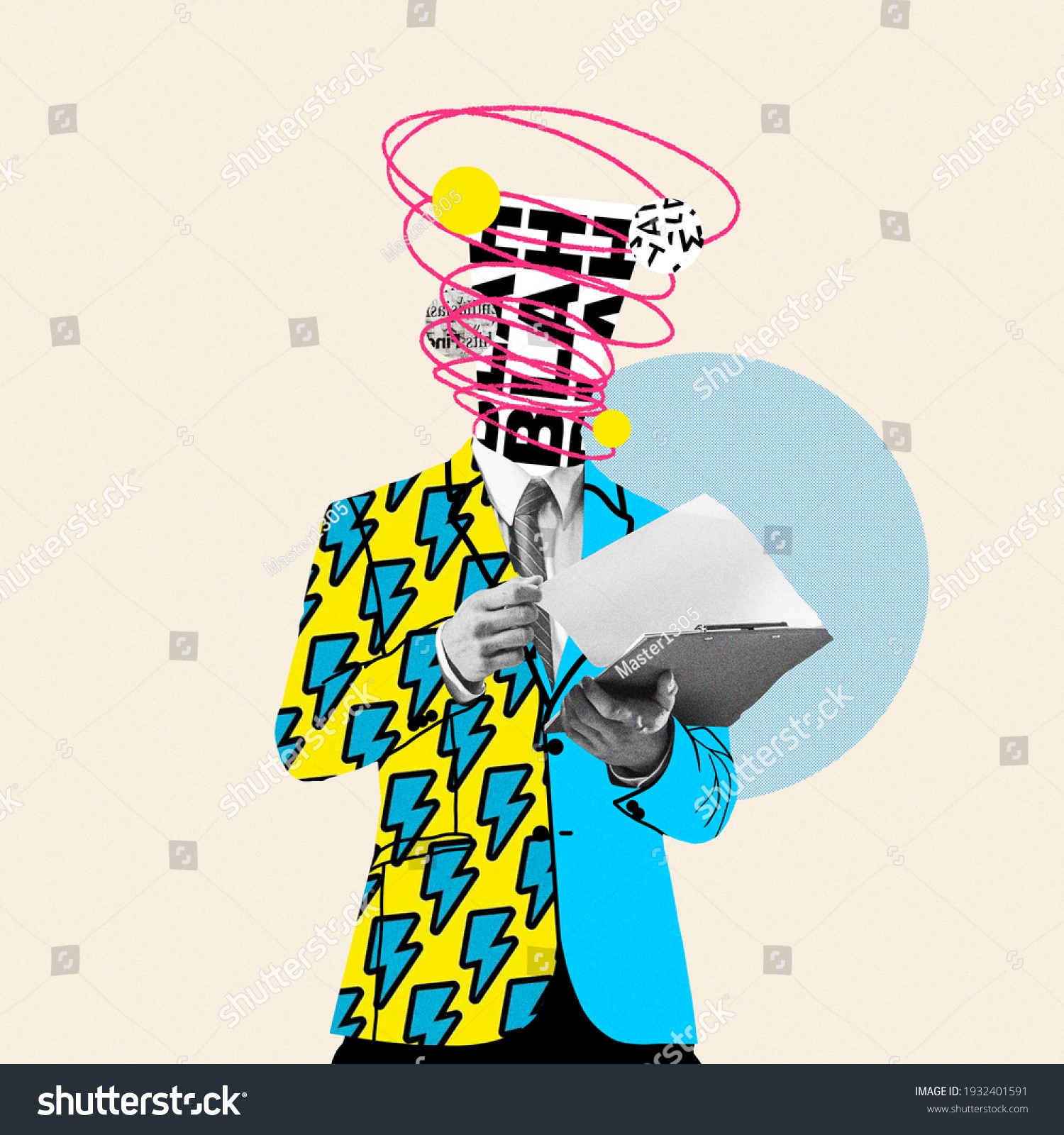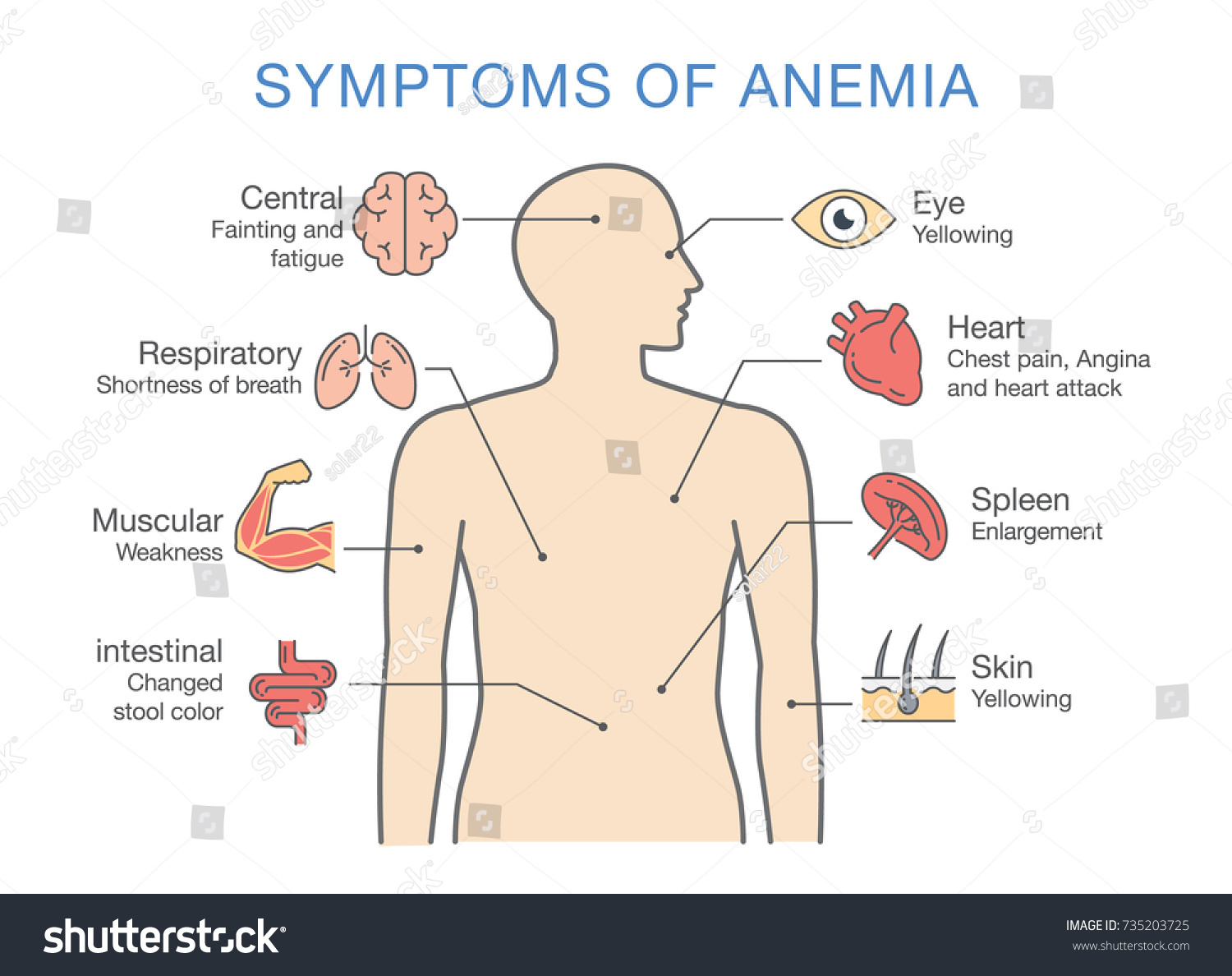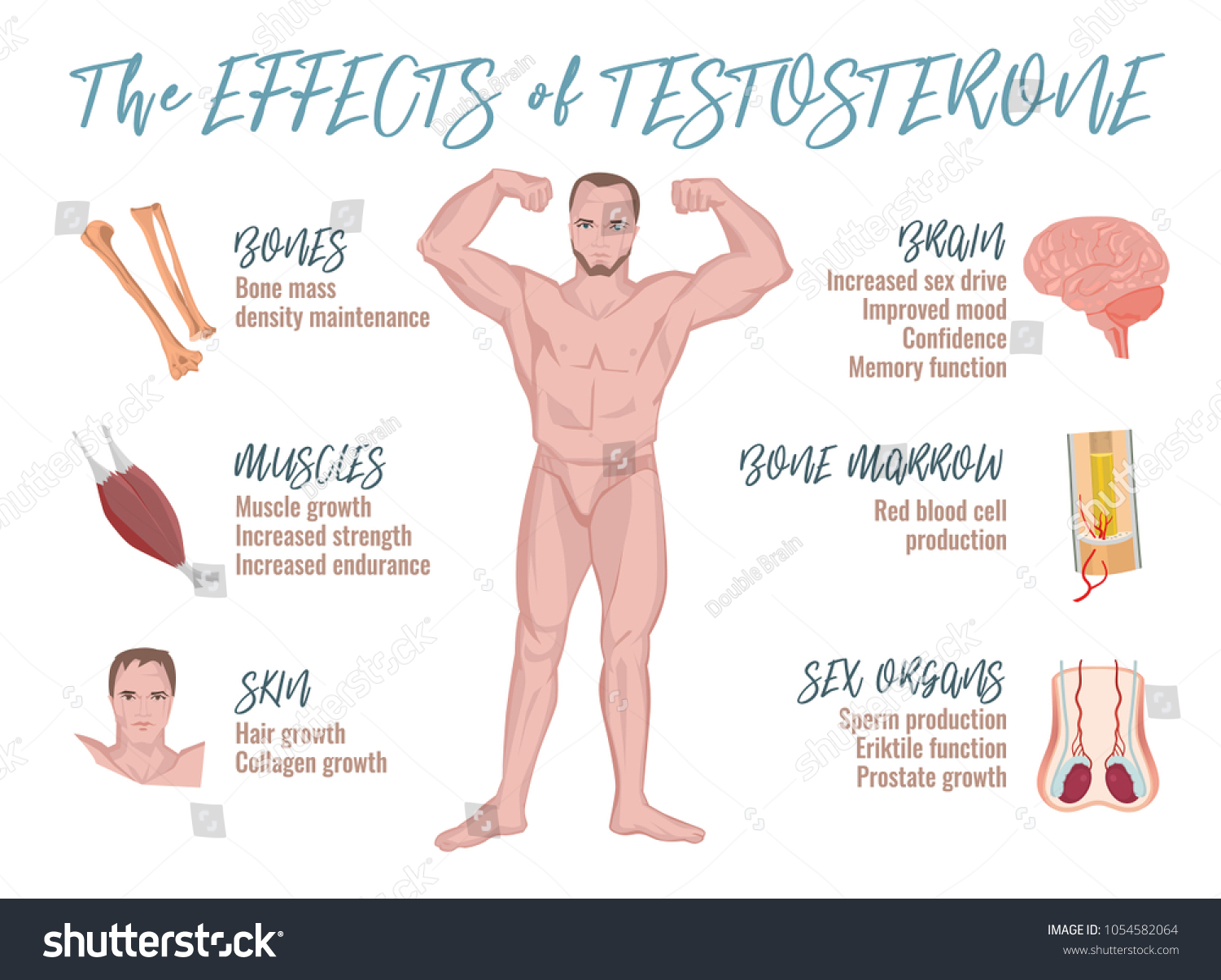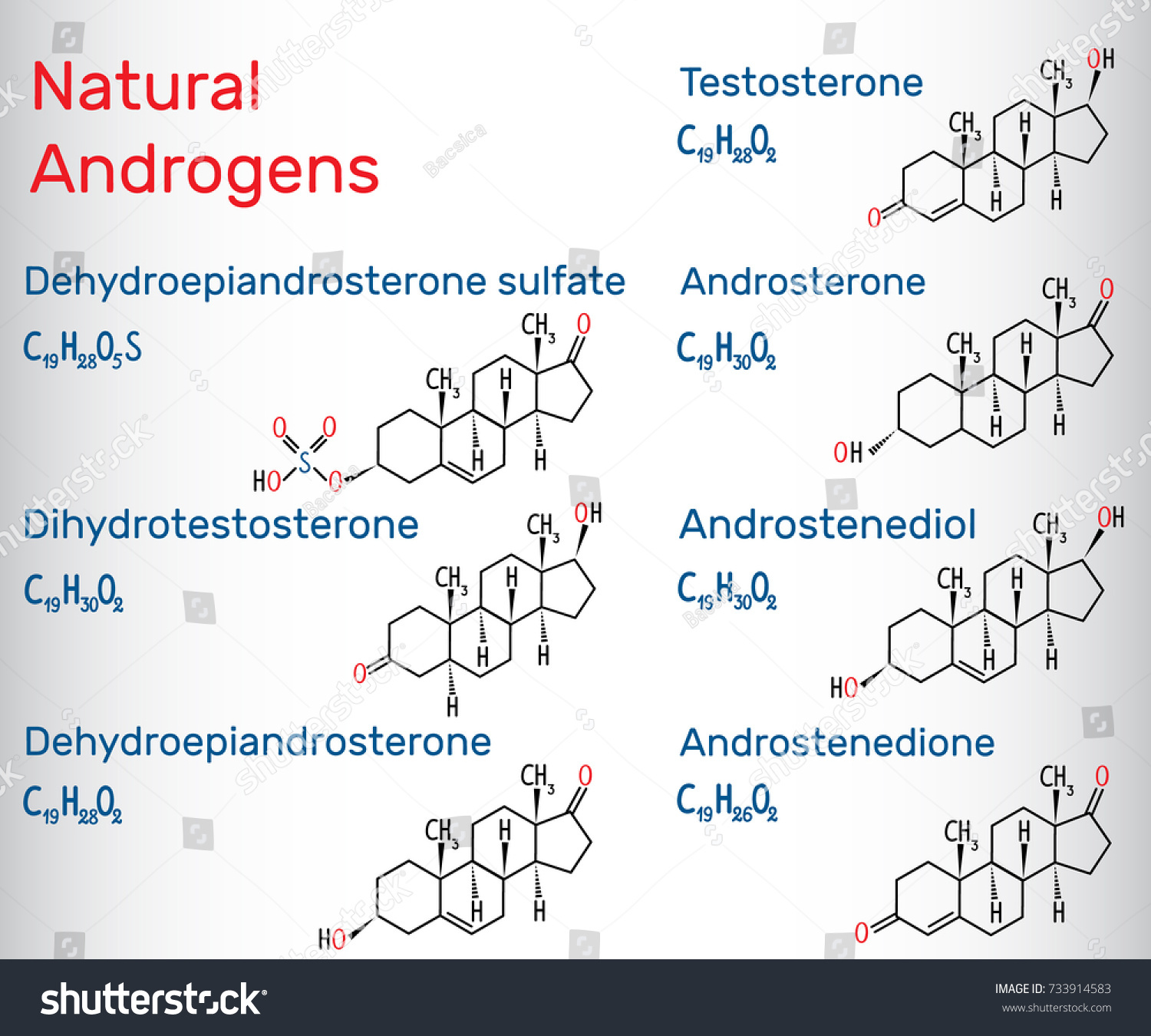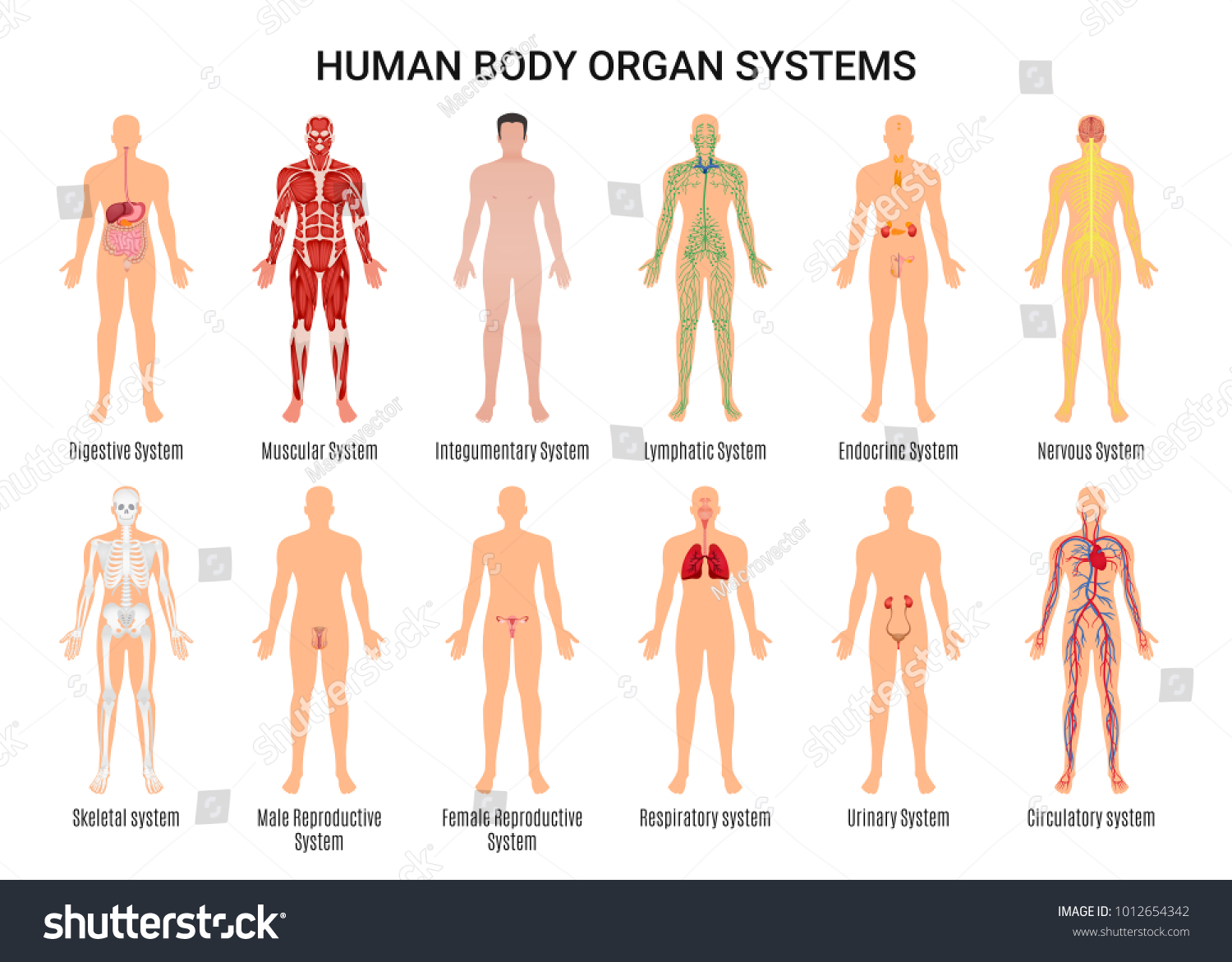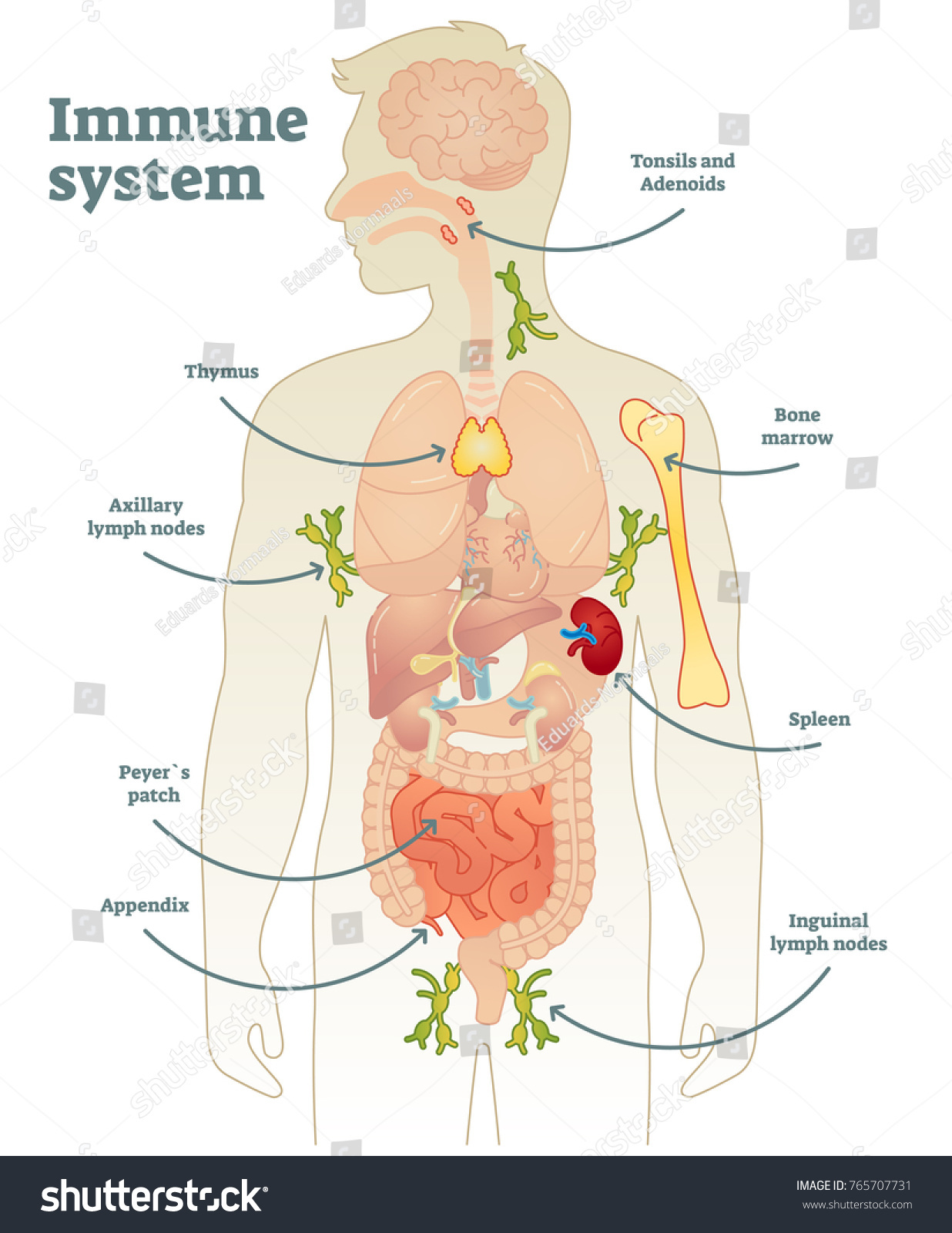मुहावरे
मुहावरा ऐसा शब्द समूह होता है, जो अपने शब्द में निहित अर्थ को न देकर उससे भिन्न लेकिन रूढ़ अर्थ देता है।
वह अपना विलक्षण अर्थ प्रकट करता है। मुहावरा लोक मानस की स्वाभाविक अभिव्यक्ति होता है। इसमें दुरुहुता नहीं होती है। यह अपने लोक परंपरागत अर्थ में ही सार्थक है।
“मुहावरा” अरबी भाषा का शब्द है जिसका अर्थ होता है “आदि होना” या “अभ्यास होना”। मुहावरा शब्द सामान्य अर्थ से अलग विशेष अर्थ को प्रकट करता है।
हम अपने दैनिक जीवन में कई बार अपने मन के भाव या विचारों को मुहावरों के शब्दों का प्रयोग करके प्रकट करते हैं। मुहावरे पूर्ण रूप से स्वतंत्र नहीं होते इनका प्रयोग वाक्य सौंदर्य को बढ़ाने में किया जाता है। इसके प्रयोग मात्र से भाषा आकर्षक, प्रभावपूर्ण और रोचक बन जाती है।
मुहावरों का संबंध साहित्य में कम और भाषा में अधिक होता है। यह भाषा के सामर्थ्य का प्रतीक होता है। मुहावरेदार भाषा असरदार होती है।
मुहावरे का वाक्य में प्रयोग इस प्रकार किया जाता है-
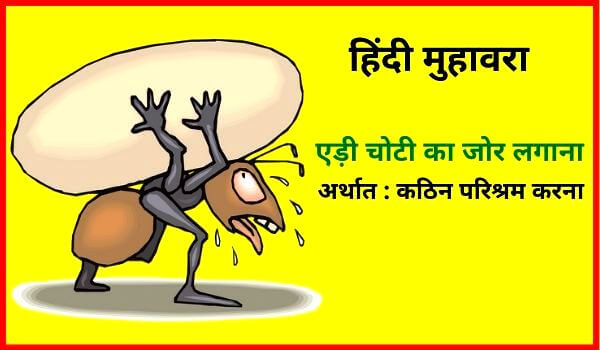
कलम तोड़ना ( बहुत सुंदर लिखना) – जयशंकर प्रसाद ने कामयानी लिखने में कलम तोड़ दी।
अपना उल्लू सीधा करना ( अपना स्वार्थ सिद्ध करना)- आजकल सभी लोग अपना उल्लू सीधा करने में लगे हुए हैं।
नौ दो ग्यारह हो जाना ( भाग जाना)- पुलिस को देखकर चोर नौ दो ग्यारह हो गए।
अक्ल का दुश्मन होना ( मूर्ख होना)- मोहन ऐसे काम करता है की उसे अक्ल का दुश्मन कहना गलत नहीं होगा।
पगड़ी उछालना ( बेइज्जती करना)- उसने सभी के सामने अपने भाई की पगड़ी उछाल दी।
लोकोक्तियाँ
लोकोक्ति का अर्थ होता है लोक + उक्ति अर्थात लोक में प्रचलित उक्ति। जो उक्ति समाज में चिरकाल से प्रचलित होती है।
लोकोक्ति अर्थ को पूरी तरह स्पष्ट करती है। लोकोक्ति को कहावतें भी कहते हैं। कहावतें कही हुई बातों के समर्थन में होती है। महापुरुषों, कवियों व संतों के कहे हुए ऐसे कथन जो स्वतंत्र और आम बोलचाल की भाषा में कहे गए हैं जिसमें उनका भाव निहित होता है तो ये लोकोक्तियाँ कहलाती है। प्रत्येक लोकोक्ति के पीछे कोई न कोई घटना व कहानी होती है।
लोकोक्ति अपने आप में पूर्ण वाक्य होती है। इनके शाब्दिक अर्थ और सांकेतिक अर्थ में समानता होती है।इनका प्रयोग किसी बात का समर्थन करने के लिए किया जाता है। यह अभिव्यक्ति का सशक्त साधन है।
लोकोक्तियों का वाक्य में प्रयोग
अंधा क्या चाहे, दो आँखें: (आवश्यक या अभीष्ट वस्तु का मिल जाना)- मैं आज ऑफिस से छुट्टी लेने की सोच रहा था तभी बॉस का कॉल आया और बोले के आज वो बाहर जा रहे है, इसलिए ऑफिस का ऑफ है। यह तो अंधा क्या चाहे दो आँखें वाली बात हो गई।
अंधेर नगरी चौपट राजा, टका सेर भाजी टका सेर खाजा: (जहाँ मालिक मूर्ख होता है, वहाँ गुण का आदर नहीं होता) – एक कंपनी का मालिक मूर्ख था तथा वहाँ के कर्मचारी गुणवान, लेकिन फिर भी उनके गुणों का आदर नहीं होता था। इसे कहते हैं अंधेर नगरी चौपट राजा, टका सेर भाजी टका सेर खाजा।
अंधों में काना राजा : (मूर्खों या अज्ञानियों में अल्पज्ञ लोगों का भी बहुत आदर होता है।) – टेस्ट में जहाँ सभी के जीरो नंबर आए वहाँ राम दो नंबर से प्रथम आ गया। इसे कहते हैं अंधों में काना राजा।
अंत भला तो सब भला : (परिणाम अच्छा हो जाए तो सब कुछ माना जाता है।) – सुधा का बेटा लड़कर घर से निकल गया था लेकिन अब वह वापिस आ गया और सुधा ने उसे माफ कर दिया और कहने लगी की अंत भला तो सब भला।
अकेला चना भाड़ नहीं फोड़ सकता:(अकेला आदमी कोई बड़ा काम नहीं कर सकता) – पत्थर को तोड़ने के लिए हम सभी को साथ काम करना पड़ेगा क्योंकि अकेला चना भाड़ नहीं फोड़ सकता है।
मुहावरे और लोकोक्ति में अंतर
मुहावरे अधिकतर ‘ना’ से खत्म होते है, जैसे आँख लगना, मक्खी मारना, आसमान सिर पर उठा लेना आदि जबकि लोकोक्तियाँ ‘ना’ से खत्म नहीं होती हैं।
मुहावरा पूर्णतः स्वतंत्र नहीं होता है, अकेले मुहावरे से वाक्य पूरा नहीं होता है। लोकोक्ति पूरे वाक्य का निर्माण करने में समर्थ होती है। मुहावरा भाषा में चमत्कार उत्पन्न करता है जबकि लोकोक्ति उसमें स्थिरता लाती है। मुहावरा छोटा होता है जबकि लोकोक्ति बड़ी और भावपूर्ण होती है।
अधिकतर पूछें गए प्रश्न
1. मुहावरे का अर्थ स्पष्ट करें।
उत्तर: “मुहावरा” अरबी भाषा का शब्द है जिसका अर्थ होता है “आदि होना” या “अभ्यास होना”। मुहावरा शब्द सामान्य अर्थ से अलग विशेष अर्थ को प्रकट करता है। मुहावरा ऐसा शब्द समूह होता है, जो अपने शब्द में निहित अर्थ को न देखकर उससे भिन्न लेकिन रूढ़ अर्थ देता है।
2.लोकोक्ति किसे कहते है?
उत्तर: लोकोक्ति का अर्थ होता है लोक + उक्ति अर्थात लोक में प्रचलित उक्ति। जो उक्ति समाज में चिरकाल से प्रचलित होती है। लोकोक्ति अपने आप में पूर्ण वाक्य होती है। इनके शाब्दिक अर्थ और सांकेतिक अर्थ में समानता होती है।इनका प्रयोग किसी बात का समर्थन करने के लिए किया जाता है। यह अभिव्यक्ति का सशक्त साधन है।
3. “आसमान सिर पर उठा लेना” मुहावरे के अर्थ क्या है?
उत्तर: आसमान सिर पर उठा लेना का अर्थ है बहुत शोर करना। जब अध्यापक कक्षा से बाहर गया तो छात्रों ने आसाम सिर पर उठा लिया। बाद में अध्यापक ने सभी को सजा दी।
4. “अब पछताए होत क्या जब चिड़िया चुग गई खेत” लोकोक्ति का अर्थ बताओ।
उत्तर: दी गई लोकोक्ति का अर्थ है काम बिगड़ जाने पर पछताने और अफसोस करने से कोई लाभ नहीं होता मोहन परीक्षा के लिए पहले तो पढ़ा नहीं और अब फेल होने पर अफसोस कर रहा है। यह तो अब पछताए होत क्या जब चिड़िया चुग गई खेत वाली बात हो गई।
5. मुहावरे और लोकोक्ति में क्या अंतर है?
उत्तर: मुहावरा पूर्णतः स्वतंत्र नहीं होता है, अकेले मुहावरे से वाक्य पूरा नहीं होता है। लोकोक्ति पूरे वाक्य का निर्माण करने में समर्थ होती है। मुहावरा भाषा में चमत्कार उत्पन्न करता है जबकि लोकोक्ति उसमें स्थिरता लाती है। मुहावरा छोटा होता है जबकि लोकोक्ति बड़ी और भावपूर्ण होती है।


